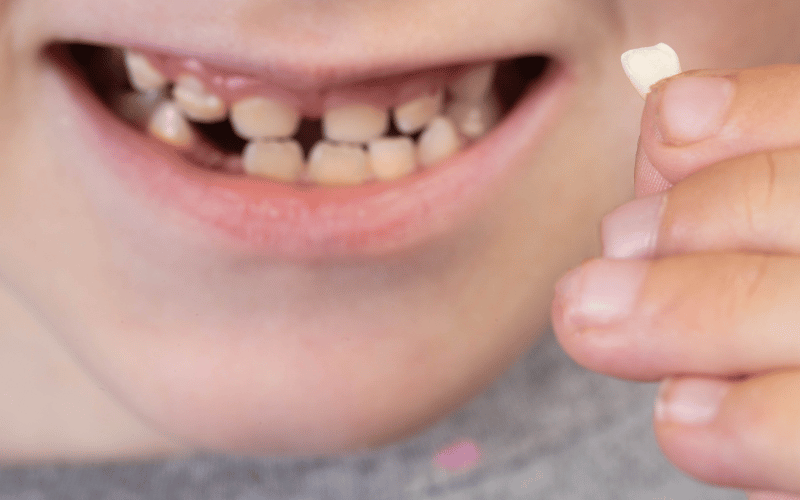2. Discoloration of Teeth: A Clear Indicator

Another symptom that often accompanies enamel hypoplasia is discoloration of the affected teeth. This discoloration can manifest in various ways, appearing as white spots, yellow streaks, or even brown stains. It’s a symptom that parents can easily spot, serving as a visual cue that something might be amiss with their child’s dental health.
The discoloration is a direct result of the enamel’s compromised state. Healthy enamel has a translucent quality, but when it is thin or missing, the underlying dentin becomes more visible. Dentin has a natural yellow hue, which can give the teeth a discolored appearance. Moreover, the weakened enamel is more susceptible to staining from foods and beverages, exacerbating the issue.
For children, this discoloration can lead to self-consciousness, especially as they reach school age and begin to interact more with their peers. It’s an aspect of enamel hypoplasia that extends beyond physical health, potentially impacting a child’s emotional well-being and self-esteem. Recognizing and addressing this symptom early on is thus crucial.
Regular dental visits are again key in managing this aspect of enamel hypoplasia. Dentists can recommend specific products and treatments to minimize staining and discoloration. In some cases, cosmetic solutions such as dental bonding or veneers might be explored to improve the appearance of the affected teeth, helping to restore the child’s confidence in their smile. (2)